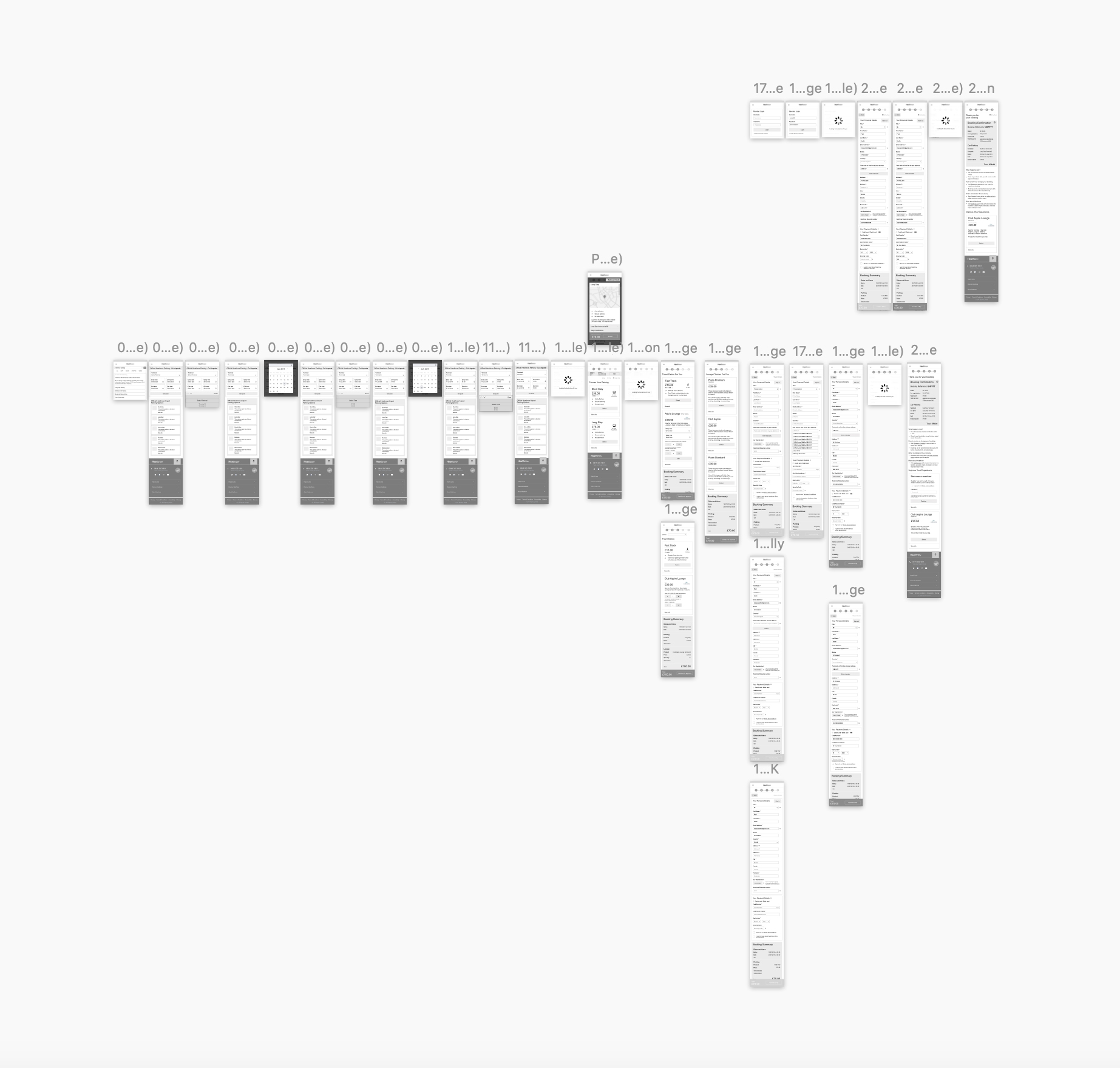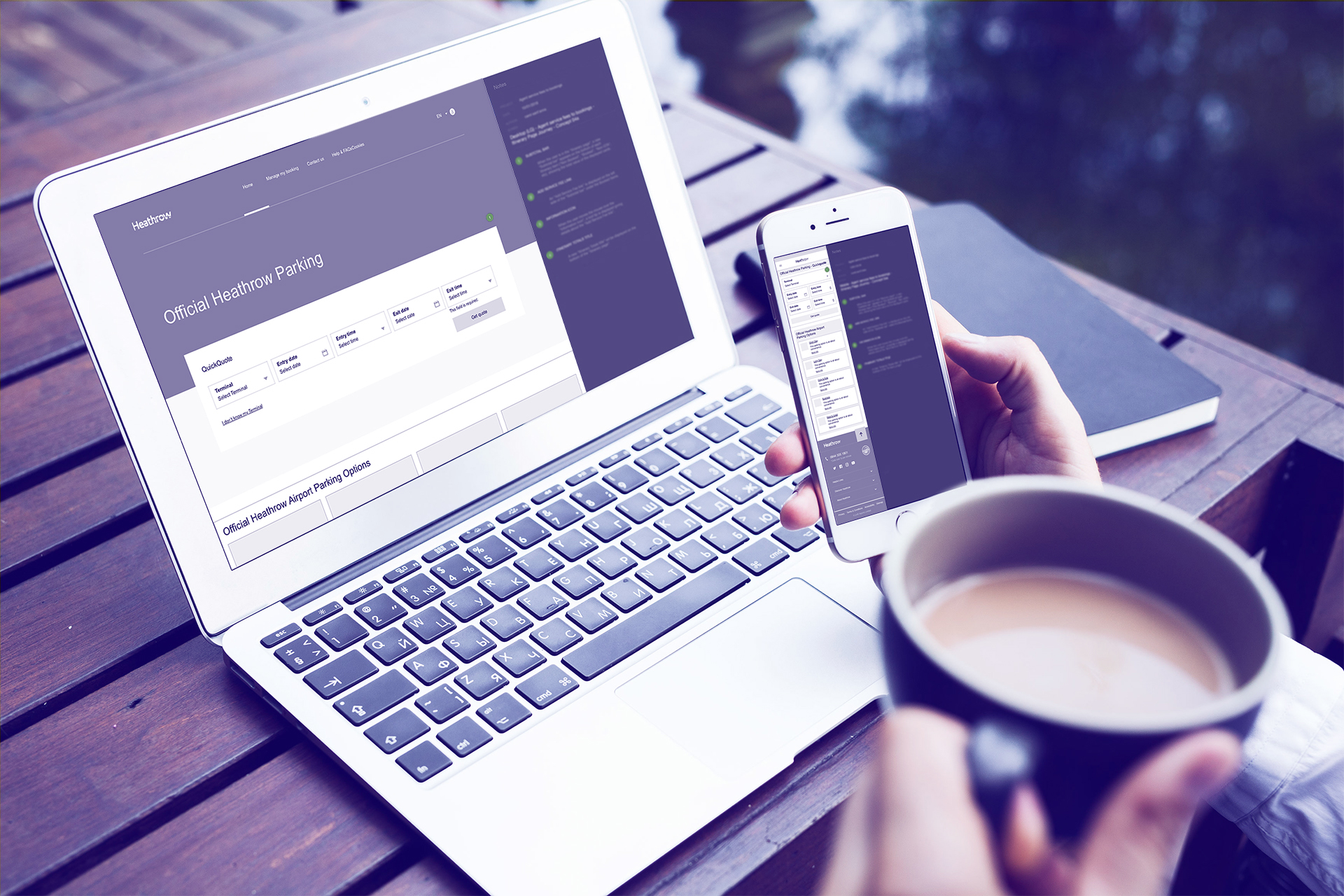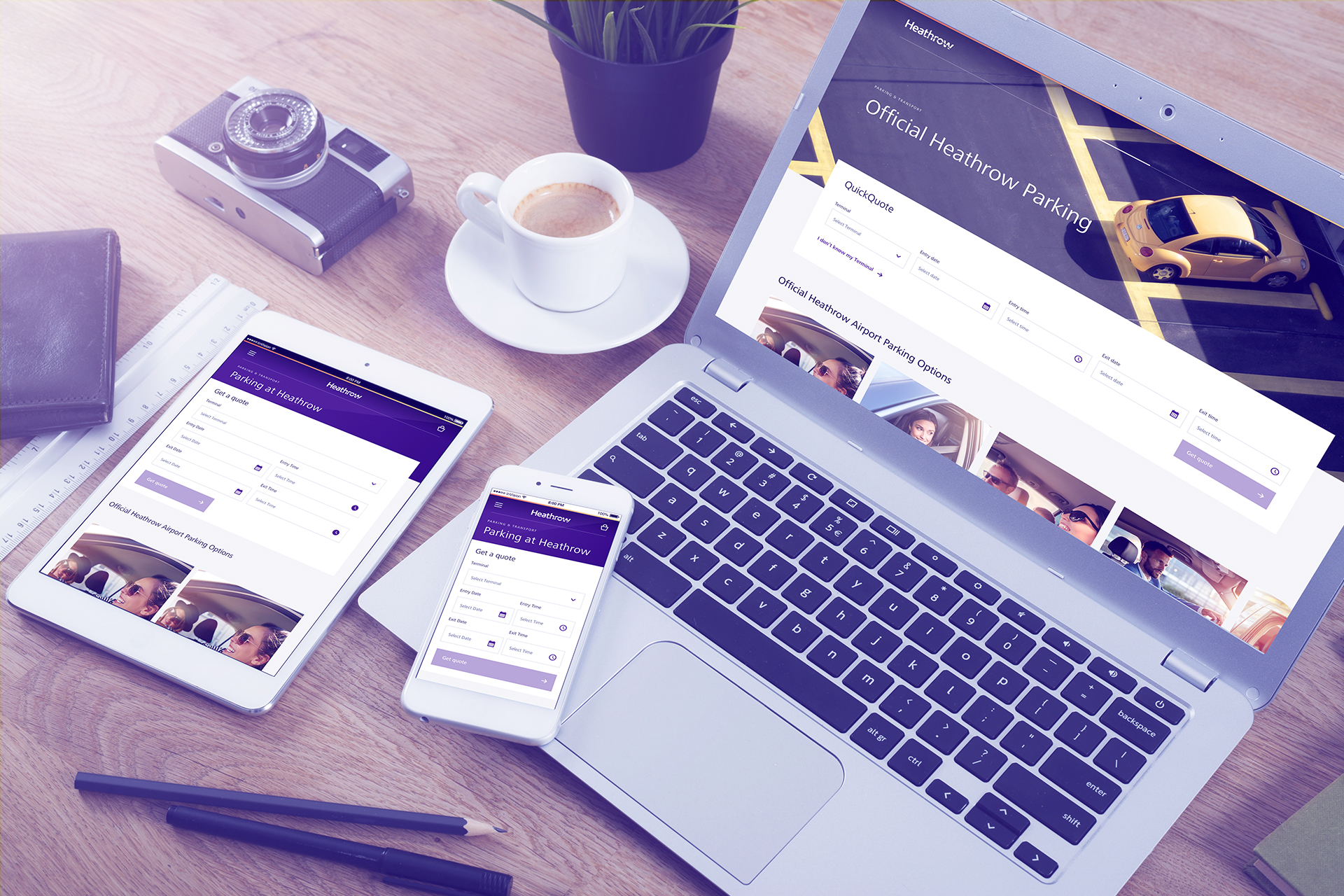Heathrow Airport – UX Design – Services Booking Website
________
UX DESIGN LEAD
________
Heathrow Airport, also known as London Heathrow, is a major international airport in London, United Kingdom. Heathrow is the second busiest airport in the world by international passenger traffic, as well as the busiest airport in Europe by passenger traffic, and the seventh busiest airport in the world by total passenger traffic. In 2018, it handled a record 80.1 million passengers, a 2.7% increase from 2017 as well as 477,604 aircraft movements, an increase of 1,821 from 2017.
In June 2019, I joined the project team working with Heathrow with the responsibility of leading the delivery of the services booking website for the large airport. The challenge was to create a seamless user experience on a complex system that offers car parking, lounges and fast track options, enhancing the costumers airport experience.
- Team work and stakeholders management
Working with various members of the project team and the business to understand the business requirements for new features or enhancements with senior stakeholders and end users through face to face meetings, understanding any technical or process constraints, analysing any existing customer feedback and/or analytics.
- Prototypes and Wireframes
I also had responsibility for wire framing and prototyping concepts and designing digital products. Sketching early ideas, producing wireframes or prototypes to show journeys and interaction. Redesigning existing journeys and how this will affect the design ecosystem, working with the team to ensure the best solution.
User Flows Analysis and UX Recommendations
Wireframes and Annotations
- Design System
The Design System followed the company’s style guide, with a library of icons, font styles, colours, controls and interface modules, aligning the final product with the brand. The library is easy to use and update, speeding up the process of changes and creating new screen designs.
- Buy in and sign off
Presenting UX and design to both internal teams and the business, from exploration stage to final sign off. Collating and balancing UX and design feedback from stakeholders with different priorities, as well as internal team and coming up with solutions that meet these needs without compromising on a positive user experience.



